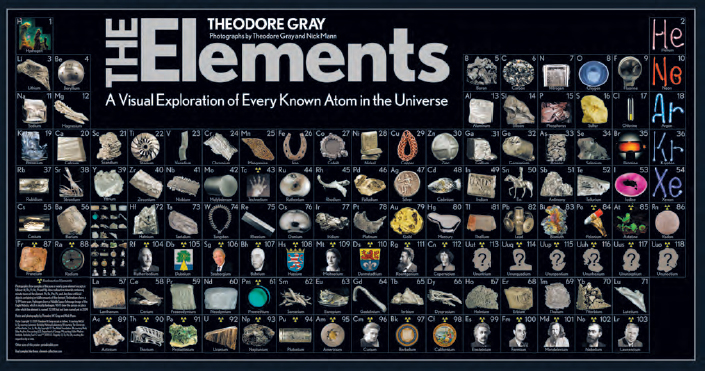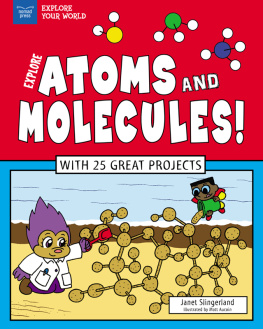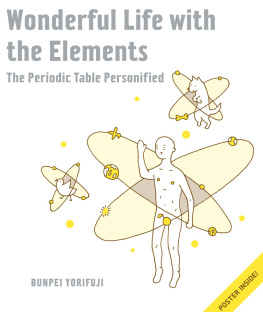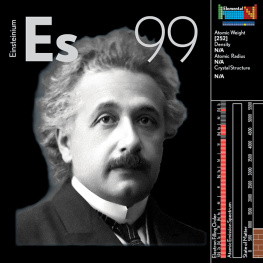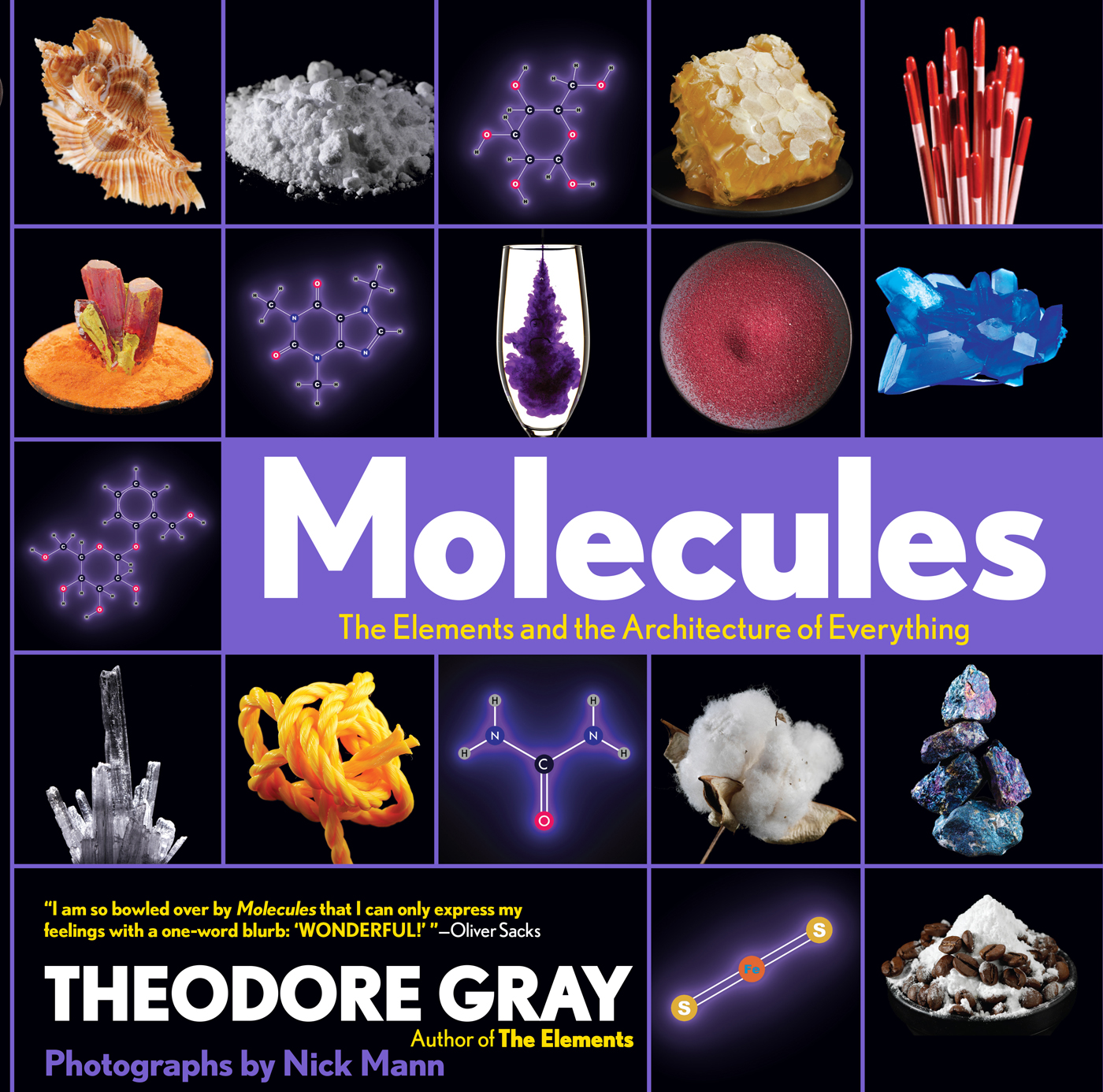Cover copyright 2016 by Hachette Book Group, Inc.
Hachette Book Group supports the right to free expression and the value of copyright. The purpose of copyright is to encourage writers and artists to produce the creative works that enrich our culture.
The scanning, uploading, and distribution of this book without permission is a theft of the authors intellectual property. If you would like permission to use material from the book (other than for review purposes), please contact permissions@hbgusa.com. Thank you for your support of the authors rights.
Black Dog & Leventhal Publishers is an imprint of Hachette Book Group, Inc.
The Black Dog & Leventhal Publishers name and logo are trademarks of Hachette Book Group, Inc.
The publisher is not responsible for websites (or their content) that are not owned by the publisher.

THE PERIODIC TABLE IS COMPLETE: We know those hundred or so elements are all we ever need to worry about. But there is no catalog of all the molecules in the universe, and there cant be. There may be only six different chess pieces, but its out of the question to list all the ways of arranging them on a chess board.
Even putting molecules into logical groups (in order to write a book that at least covers all the categories) is a losing battle. There are almost as many categories of molecules as there are molecules. I take that to mean that I have the freedom to write about only the interesting ones, and the ones that illustrate the deeper connections and broader concepts that unify them all.
If youre looking for a standard presentation of compounds, such as you might find in a chemistry textbook, youll be disappointed. There is no chapter on acids and bases in this book. I do talk about acids, of course, but in connection with other things that I personally find more fascinating, like soap (which is made by using a strong base to turn a weak acid into a soluble salt that makes oil and water mix).
In that sense this book is more like the one collection of compounds every kid should have: a chemistry set. Its a little of everything, put together not to be complete, but to be interesting. It will teach you something about how the world of chemistry works, and give you a sense of the scope of the subject.
I hope you enjoy reading this book as much as I enjoyed writing it.
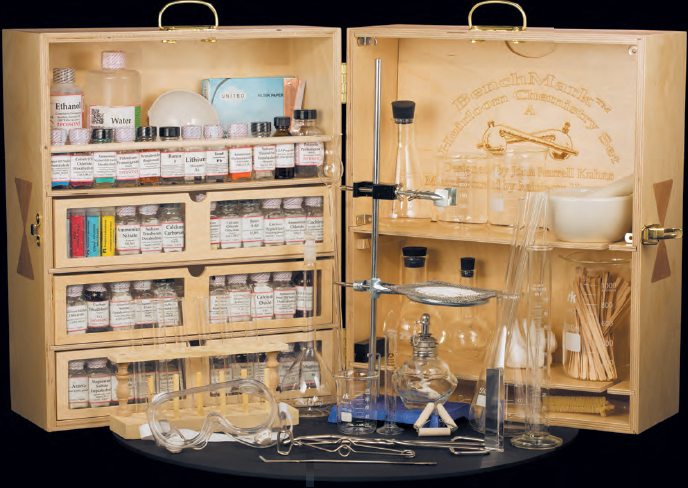
Chemistry sets were more popular a few generations ago. Its a common lament of older scientists that kids today just dont have access to the proper tools for discovery and learning. Just try to make an explosive using the typical chemistry set you get today. Its almost as if they were trying to make it hard. But as with much lamenting about the world today and all the great things you cant get anymore, a little digging often shows that what youre missing still exists, its just moved to the internet. This set, a Kickstarter project, is every bit as complete and filled with opportunities for mischief as any set from the past hundred years. Like this book, it doesnt shy away from the more interesting compounds just because they might have a bit of an edge to them. And like this book, it comes with clear warnings about the very real dangers that chemicals pose when handled carelessly or without an understanding of their power.
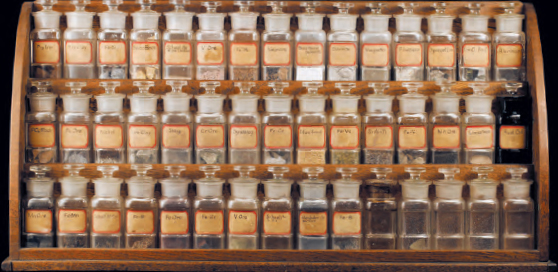
The world of compounds is so wide and diverse that you could make up a large chemistry set focused on even a tiny fraction of it. This lovely antique set, for example, contains only simple inorganic compounds of interest to someone wanting to learn about the operation of foundries and metal refineries. So it has ores, alloys, clays, fire-resistant brick materials, and other such things. (See for more about ores.)
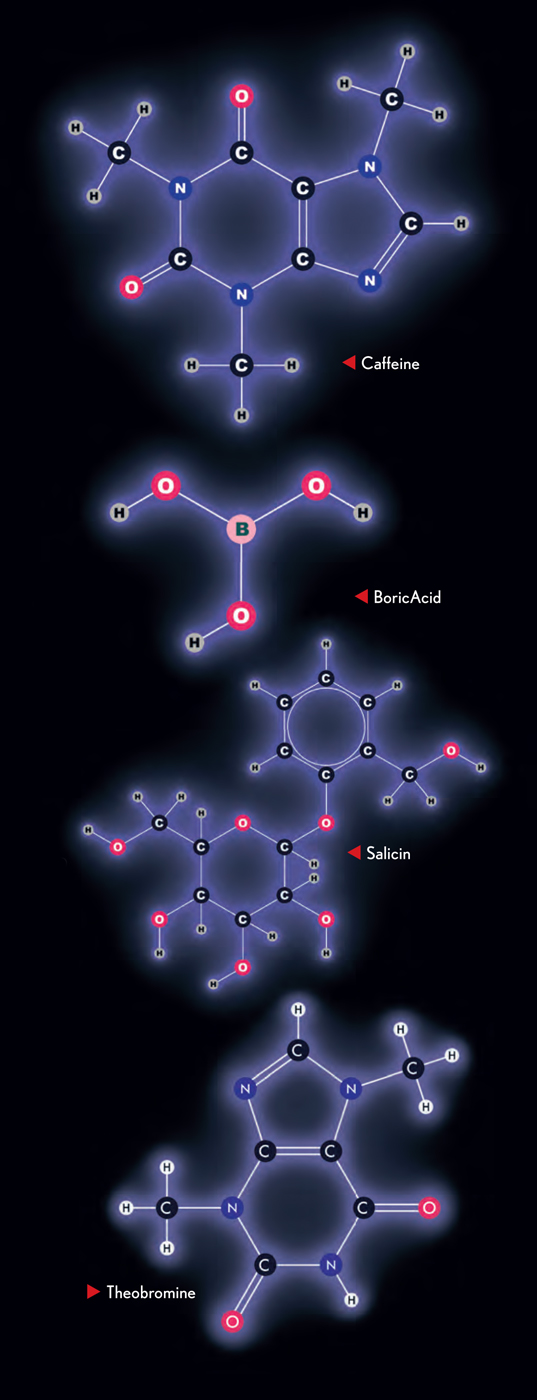


Just two elements, carbon and hydrogen, create an astonishing number of compounds called hydrocarbons. Add oxygen to the mix and you can make a carbohydrate, like this light brown sugar.
ALL PHYSICAL THINGS in the world are made of the elements of the periodic table. I wrote a whole other book about that, and about all the places you can find each of the elements. Sometimes they exist on their own, as in aluminum pans or copper wires. But usually they are found combined with each other in compounds like table salt (which is made of vast arrays of sodium and chlorine atoms in a crystalline grid) or in molecules like sugar (which is made of tightly connected groups of twelve carbon, twenty-two hydrogen, and eleven oxygen atoms).
Molecules and compounds are what this book is all about.
In daily life, we encounter vastly more molecules and compounds than elements (countless thousands vs. dozens) because atoms can connect to each other in so many different ways. Using just hydrogen and carbon, you can make the entire class of compounds called hydrocarbons, which includes oils, greases, solvents, fuels, paraffins, and plastics. Add oxygen to the mix, and you can make carbohydrates including sugars, starches, waxes, fats, painkillers, pigments, more plastics, and a great many other compounds. Add just a few more elements, and you have all the compounds needed to make a living creature, including proteins, enzymes, and the mother of all molecules, DNA.
But what holds these atoms together with such great diversity? And why do I keep saying compounds and molecules: is there a difference?
